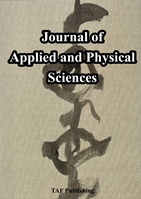
|
Senarathne Charitha, Karunananda Asoka, Goldin Philippe Article first published online: 2017 Abstract
This research purpose was to identify attention as the primary characteristic of mindfulness, among other cognitive features. The utility of training attention is evident in real-life situations such as listening to others, driving a car, conducting a medical-surgical procedure, and so forth. Therefore, we argue that devising a method for detecting the moment at which the attention is distracted would be beneficial to the cultivation of attention. We have conducted research to develop a software framework that can model attention pertaining to a particular task and give an alert when attention is distracted. The framework has been designed to capture attention-related Electroencephalography (EEG) brain wave signals in response to a specific task and to train an Artificial Neural Network (ANN). The trained ANN can be used to receive EEG signals during a task and determine an individual's attentiveness. Accordingly, a vibration alert is sent to an individual's mobile phone to serve as a signal for the person to refocus attention. The framework has been used to model attention during a lecture, and an experiment was conducted to assess the attentiveness of students. The experimental results determined that 75% of students were able to maintain attention during a lecture, and vibration alert has been effectively supportive of regaining the attention. Hence, we conclude that our software framework can be used to the model regaining attention in a session that requires the focused attention. |